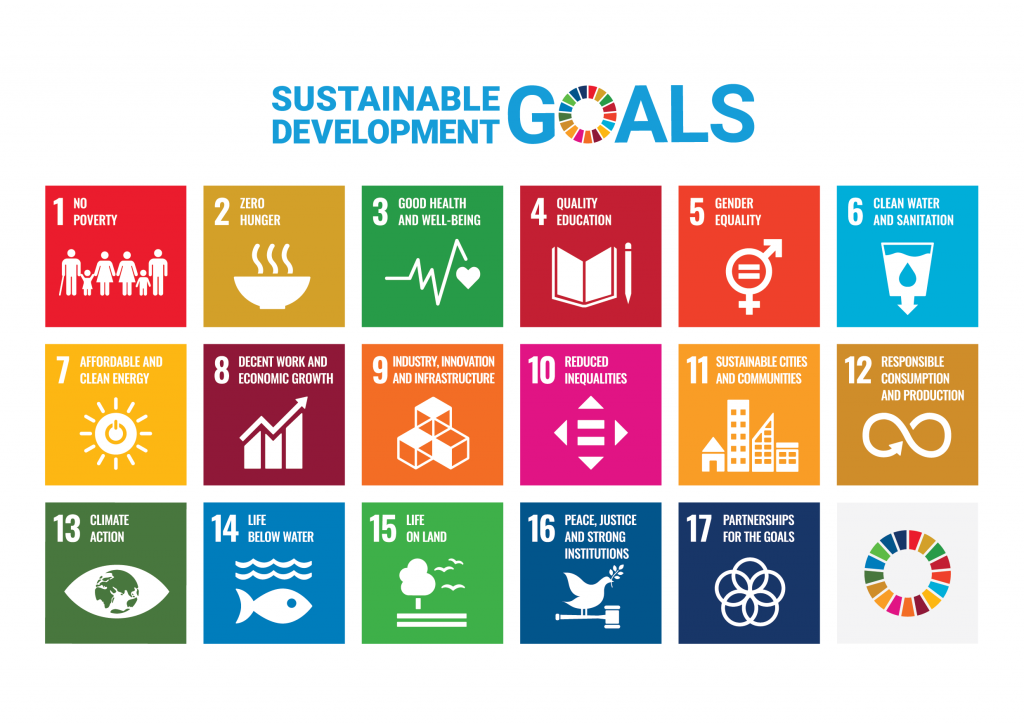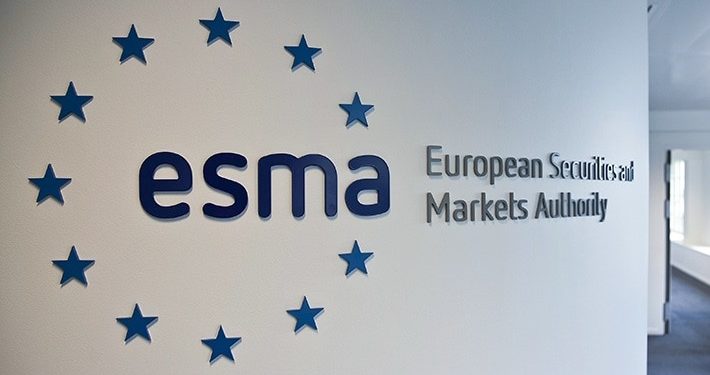Report on Sustainable Development Goals Funds
The European Securities and Markets Authority (ESMA) releases a report on the Sustainable Development Goals Funds (SDG Funds), which aims to measure the development of European SDG funds and whether their asset allocation is consistent with SDG commitments.
ESMA believes that the United Nations Sustainable Development Goals (SDGs) are the most widely used framework in impact investing. Whether SDG funds invest according to this framework is related to the greenwashing problem and investors’ concerns about sustainability. Therefore, it is necessary to study the actual asset allocations of SDG funds.
Related Post: Introduction and Application of United Nations Sustainable Development Goals (SDGs)
Impact Investing and Sustainable Development Goals
Impact investing refers to investments that generate positive, measurable environmental and social impacts while realizing financial returns. Although there is no globally agreed upon definition of impact investing, it is receiving increasing attention from investors. Sustainable Development Goals Funds are one of the most popular frameworks in impact investing, and funds that adopt this framework are called SDG funds.
When the Sustainable Development Goals Funds were first proposed, they were mainly evaluated from the perspective of sovereign countries. The signatories were also sovereign countries in United Nations. How to attract private capital to participate is an important means to achieve the SDGs. SDG funds have achieved this goal, but how to measure the impact of SDG funds is the focus of regulatory agencies. If the actual asset allocation of SDG funds does not meet the commitments, they may bring risks to investors.

Development of the European Sustainable Development Goals Funds
ESMA first determines which funds in the market are Sustainable Development Goals Funds. ESMA identifies SDG funds using the fund’s investment documents, the fund’s holding positions, listed companies’ information disclosures on the United Nations Global Compact (UNGC) website and the fund’s principal adverse impacts.
ESMA identifies a total of 187 SDG funds after screening through natural language processing. These funds usually state that they make a positive contribution to the SDGs or provide specific SDG investment methods. More than 75% of SDG funds are launched after 2010, of which more than 40% are launched after 2020.
Comparison of SDG Funds and Non-SDG Funds
After identifying SDG funds and non-SDG funds, ESMA compares the differences between the two from multiple perspectives to measure whether SDG funds are in line with the sustainable development goals. In terms of the number of fund holdings and holding industries, ESMA verifies whether the SDG fund holds more listed companies that comply with UNGC or allocates more assets from countries with higher SDG scores. The data shows that the holdings of SDG funds are more concentrated, with each SDG fund holding an average of 187 assets, while each non-SDG fund holds an average of 586 assets. However, in terms of listed companies that comply with UNGC, there is not much difference between SDG funds and non-SDG funds.
ESMA continues to divide non-SDG funds into ESG funds and non-ESG funds to measure the differences in sustainability. At the same time, non-SDG funds are also divided into Article 8 funds and Article 9 funds in accordance with Sustainable Finance Disclosure Regulation (SFDR) to compare whether SDG funds have unique characteristics.
The data shows that the difference between SDG funds and other fund categories in holding listed companies is small, and the ratio is even lower than that of Article 8 funds and Article 9 funds. In terms of the Principal Adverse Impact (PAI) indicator, the SDG funds does not show obvious differences. However, the proportion of SDG funds holding assets of sovereign countries with higher SDG scores is slightly higher than that of non-SDG funds.
ESMA ultimately believes that although SDG funds account for a low proportion in the EU (the total size is 74 billion euros, less than 1%), the current allocation of SDG funds and non-SDG funds in line with UNGC listed companies and countries with high SDG scores is not significant. difference. ESMA will continue to study how to measure SDG fund commitments and reduce the risks faced by investors.
Reference:









